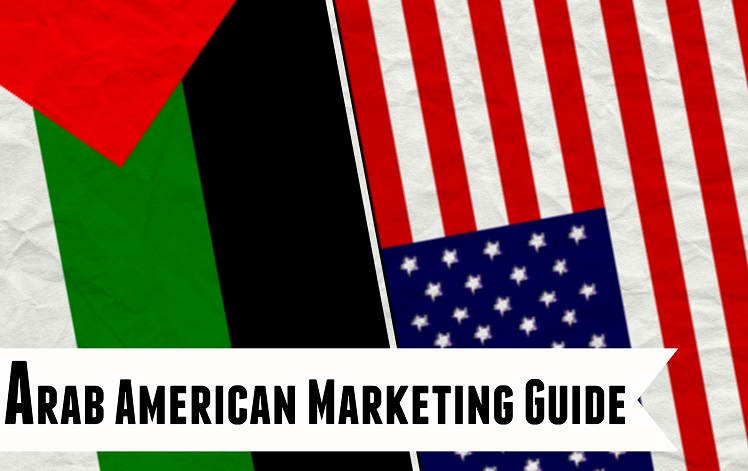
Arab Americans and other multicultural consumers compose a disproportionate share in the United States market. Arab Americans move across the world, carrying parts of their cultural identity with them while assimilating to the host country’s culture. Molding marketing messages to tackle multicultural or bicultural groups in society allows companies to tap into this lucrative market niche. Knowledge of the Arab American culture and ethnic backgrounds is essential to understand how to craft marketing messages to them as an audience, whilst avoiding points of conflict.
Multicultural Market
What is a Multicultural Consumer?
A multicultural individual, is one who belongs to more than one culture. Usually it is an immigrant or second generation immigrant who carries the culture of their original country. For marketers the multicultural consumer should be appreciated in a historical, geographical, political and cultural context, and what distinguishes them from the society in which they designate. Arab American’s are both Arab and American, this is reflected in their consumption patterns.
TIP: A successful marketing strategy must study the particularities of their target audience. Colors and images can mean different things to different people. For example Arabs often associate the color green with Islam.
Why are they important?
Since 2000, the number of first generation immigrants worldwide has risen sharply, from 150 million 214 million. According to Harvard Business Review, contrary to popular perception, many of those people are affluent. These migrants create high revenue for host countries and are often used as stepladders into the mainstream market.
Four Types of Multicultural Consumers:
Diaspora consumers consciously or subconsciously adjust their identity when arriving to the host country, usually belonging to one of the four categories:
Harvard business review- October 2013, page 128
- Biculturals and Ethnic Affirmers: Those diaspora segments are receptive to brands that relate to their specific ethnic group or home country.
- Assimilate: Move away from purchasing products that would distinguish them from the host country’s culture.
- Marginals usually belong to lower socio-economic groups, the weighing factors include product price, function, and durability.
Which type of Multicultural Consumer to target?
Companies trying to attract a diaspora market, focus on both Biculturals and Ethnic Affirmers. Those people purchase products that relate to their mind-sets, and identity.
If a company is entering a market and aims to expand to the host country after attracting a particular ethnic group, it is more beneficial to focus on biculturals, as their have higher affiliation to the host culture. Biculturals would act as a springboard to gaining brand recognition before the brand becomes mainstream. On the other hand, ethnic affirmers tend to socialize mainly with others from their home country or region. Their behavior has limited effect on the mainstream culture of the host country.
Other differences between Biculturals and Ethnic Affirmers are that the former group tend to have higher:
TIP: Discriminate between the different categories within the same multicultural ethnic group, and appreciate how their lifestyle might differ dramatically.
Arab American Consumers
Marketing to Arab American consumers requires an understanding of their background. Below we will get into who Arab American consumers are.
Who is an Arab?
An Arab is any individual who adopts the Arabic language. There are 22 Arabic speaking countries. Each country differs, with varying cultural practices and religious backgrounds, for example Egypt differs tremendously from Saudi Arabia, although they all belong to a general Arab identity. An Arab usually traces back to one of the countries below:
Who is an Arab American and where do they live?
Arab Americans are U.S citizens and permanent residents who have Arab ancestors or have emigrated from Arabic speaking countries.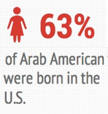
There are many Arab Americans are born in the United States. Many carry their identity with them, however many undergo what is called Acculturation, where their language, accents, purchase and usage behaviors are altered by the American identity.
Diaspora communities tend to concentrate themselves in particular areas. The US census in 2000 found that about half of Arab Americans live in 20 metropolitan areas. According to the Arab American Institute, the highest numbers of Arab Americans are in following states:
TIP: Each diaspora community clusters around the same cities and neighborhoods; marketing campaigns and advertisement should research where their target audience is and concentrate on those locations.
Components of the Arab American Identity
In order to sell company products and services to Arab Americans, there must be knowledge and insight into their culture, background, and values. Individuals living within a culture usually share common values and cognitive structures that profoundly impact their consumption behavior.
Arab American Religion
There is a general misconception that Arab Americans are affiliated with one religion, Islam. Based on a 2002 Zogby International Survey, the majority of Arab Americans are Catholics (35%), and Muslims only made up 24%.
Religion & Marketing: Relating to Arab American consumers through religion is difficult. Christian Arab Americans are indistinguishable for the most part from American Christians in relation to their religious rituals. As for Muslim Arab Americans, if using religion as a method to create an intrapersonal relationship with the product, it must be very subtle. One example might be, noting that the product is halal (suitable for Muslim use).
Colgate recently created Miswak flavored toothpaste.
Miswak is a twig with a distinct flavor that Muslims often use to brush their teeth, their prophet, Mohammad, was famous for using it. This product had great appeal in the Muslim Arab American Market.
TIP: Arabs usually prefer businesses that do not overtly use religious tones, in their advertising campaigns.
Religious holidays for Muslims or Christians Arab Americans usually use the same Arabic sweets. In areas with high Arab American populations, it is useful to target them with online marketing by presenting products such as Arabic greeting cards or sweets in holiday season. In multicultural holidays such as Ramadan, shopping patterns differ, for example, Muslims will not go online shopping around sunset. Furthermore, strategic marketing takes advantage of what that holiday focuses on and its particularities.
Ramadan emphasizes on family togetherness, generosity, and spirituality. Therefore, in 2009, Tide White Musk announced to customers in Egypt that for each product purchased during Ramadan the company would donate one garment to a needy family. By the end of Ramadan, Tide’s market share of the Egyptian detergent market had risen by 3 points.
Arab Values, Customs, and Traditions
- Extreme generosity and hospitality to all guests, particularly around food.
- Some of the most important principles are: Dignity, honor, respect, and reputation.
- An individuals’ actions reflect not only on themselves but also on their whole family.
- Do not accept dating and perceive premarital sex negatively- particularly for females.
- Men and women are inherently different.
- Family is a priority, and maintaining ties to relatives is positive. Ex. It’s rare to find parents in retirement homes.
- Prioritize education and appreciate economic development.
- Social class, family origins, and background control personal status, individual character and achievement often comes secondary.
- Individuals who have loose family ties and weak religious values are looked down upon.
- Believe that many aspects of life are controlled by fate.
- United States is appreciated for all its economic opportunities and political freedoms.
- American society is too lenient towards offenders, and perceive their family values relatively lax.
Arab American Values, Customs, and Traditions & Marketing
Content of advertisements must align with the socio-cultural background. One example the need for cultural sensitivity is if advertising funeral services to Arab Americans, this is seen as distasteful. This can amount to great disrespect to the elders (Waller and Fam, 2000). Whilst in some western societies, buying a funeral plan for a living parent is considered a good deed.
TIP: Consider the values of Arab Americans. Some products may be controversial to them but not to other groups. The choice of words and media will be of outmost importance.
Bringing in goods that appeal to Arab Americans, in the past was often overlooked. Wal-Mart adjusted product selection in areas with large Arab American populations, such as Michigan, with products such as falafel, olives, and Islamic greeting cards. Attention to the unique traditions of this community can pay large dividends.
Language
Each Arab country has a particular dialect of Arabic, and often within a country there are local subdialects. The closer, geographically, two Arab countries are, the higher the semantic similarity. The Egyptian dialect however is the most widespread due to their influence in the Arabic film industry. However, it should be noted that not everyone of Arabic descent speaks the language.
Arab Americans may speak both Arabic and English, however the way any consumer observes a message with commercial or informative content, is effected by their language and culture. Therefore there are numerous dynamics at play with a bicultural audience, and how a message may be interpreted by them vs. the “general market”. Native language messages tend to be more emotionally perceived than messages in a foreign language. However, if a marketing message is translated, ensuring that meaning is preserved is critical. A marketing campaign for Green Giant came out and was translated, the campaign in English read “The Jolly Green Giant”, when translated into Arabic it turned into “Intimidating Green Ogre”. Obviously the same meaning was not conveyed in Arabic that was conveyed in English.
Politics
In 2002, 39% of Arab American votes identified as Democrats, while 31% as Republicans. Since then there has been continuous increase in support for Democrats, reaching 50%, while Republicans dropped to 25%, the Arab American Institute Report noted the reason to be due to “Identity and political concerns”.
Stereotypes
To reach the Arab American market it is essential to be respectful and accurate, refuting misrepresentations. Arab Americans experience various forms of discrimination and stereotyping due to false Western Media depictions, related to terrorism and anti-democracy. Another stereotype is related to what Arab American women wear. Some women wear traditional clothing and wear a veil, while others wear fully Western style clothing. There are great variations in religion, culture, and traditions, which are too often disregarded.
TIP: Targeting the Arab American consumers will require trial-and-error. Hiring experts may save a lot of time and money.
Quick points to keep in mind:
Conclusion
In conclusion diaspora consumers represent lucrative markets, especially Arab Americans whom constitute one of the largest ethnic groups in the US. This ethnic group has high purchasing power. The Arab American Institute Foundation found that the mean income of an Arab American is 27% higher than the national average. Appealing to multicultural consumers impels understanding the cultural diversities, the groups’ perspectives, consumer behavior, and how they perceive messages etc. This research is the bedrock for a successful advertising campaign, along with selecting the correct setting and delivery method, and a relevant product.
Source: http://istizada.com/blog/arab-american-marketing/#more-3587

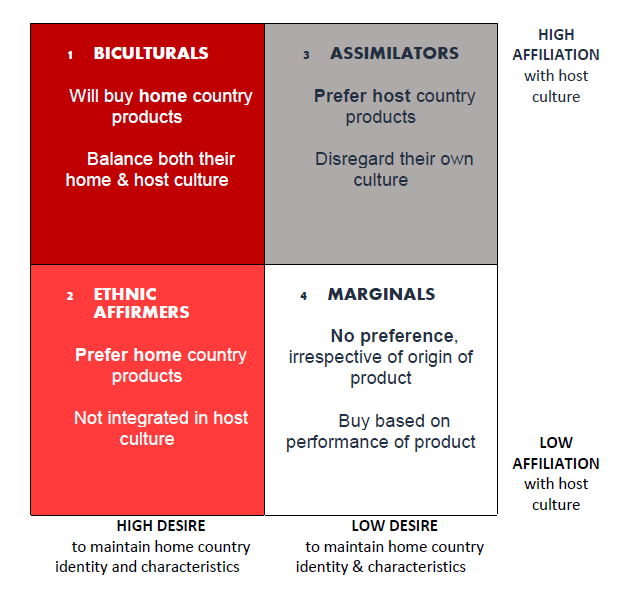

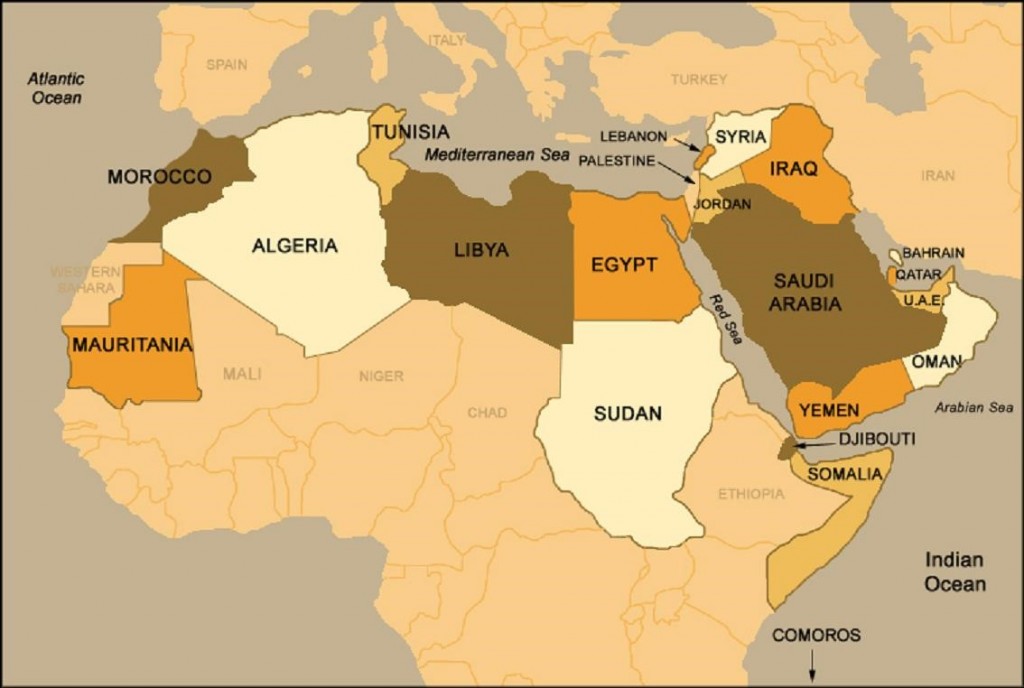
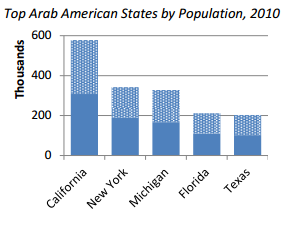
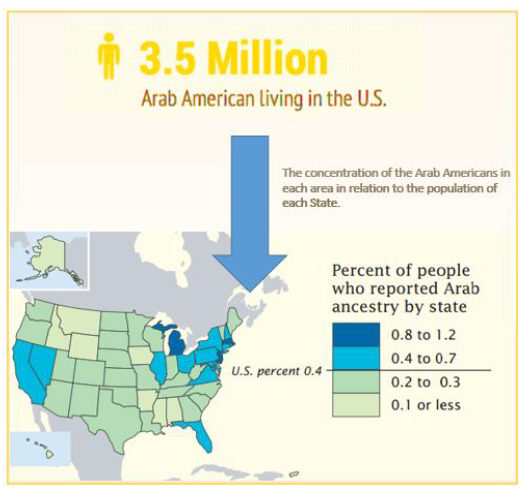
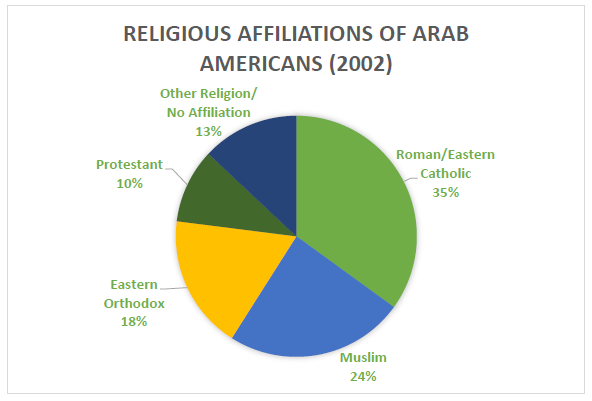

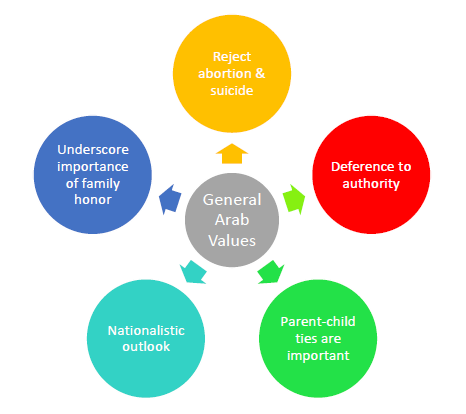
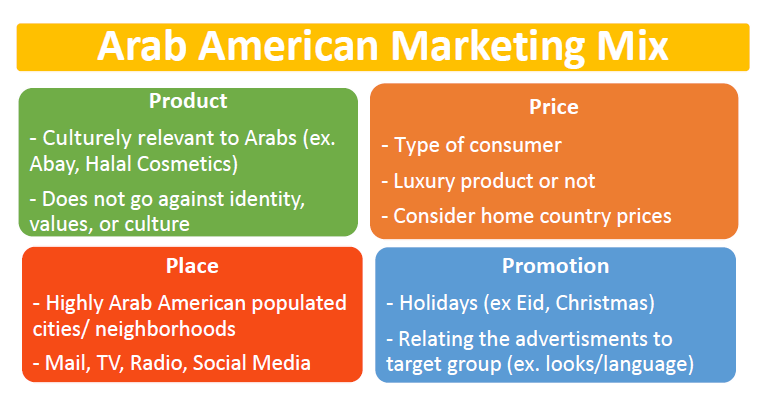
 MEWS is a full service web development Internet marketing company and technology integrator founded in 2003, by leading industry consultants with previous technology experience.MEWS is an Internet services and solutions company with interests in website development – Mobile applications– domain name registrations - web hosting.
MEWS is a full service web development Internet marketing company and technology integrator founded in 2003, by leading industry consultants with previous technology experience.MEWS is an Internet services and solutions company with interests in website development – Mobile applications– domain name registrations - web hosting.